Sustainable vanilla and cocoa
from Madagascar: a successful partnership
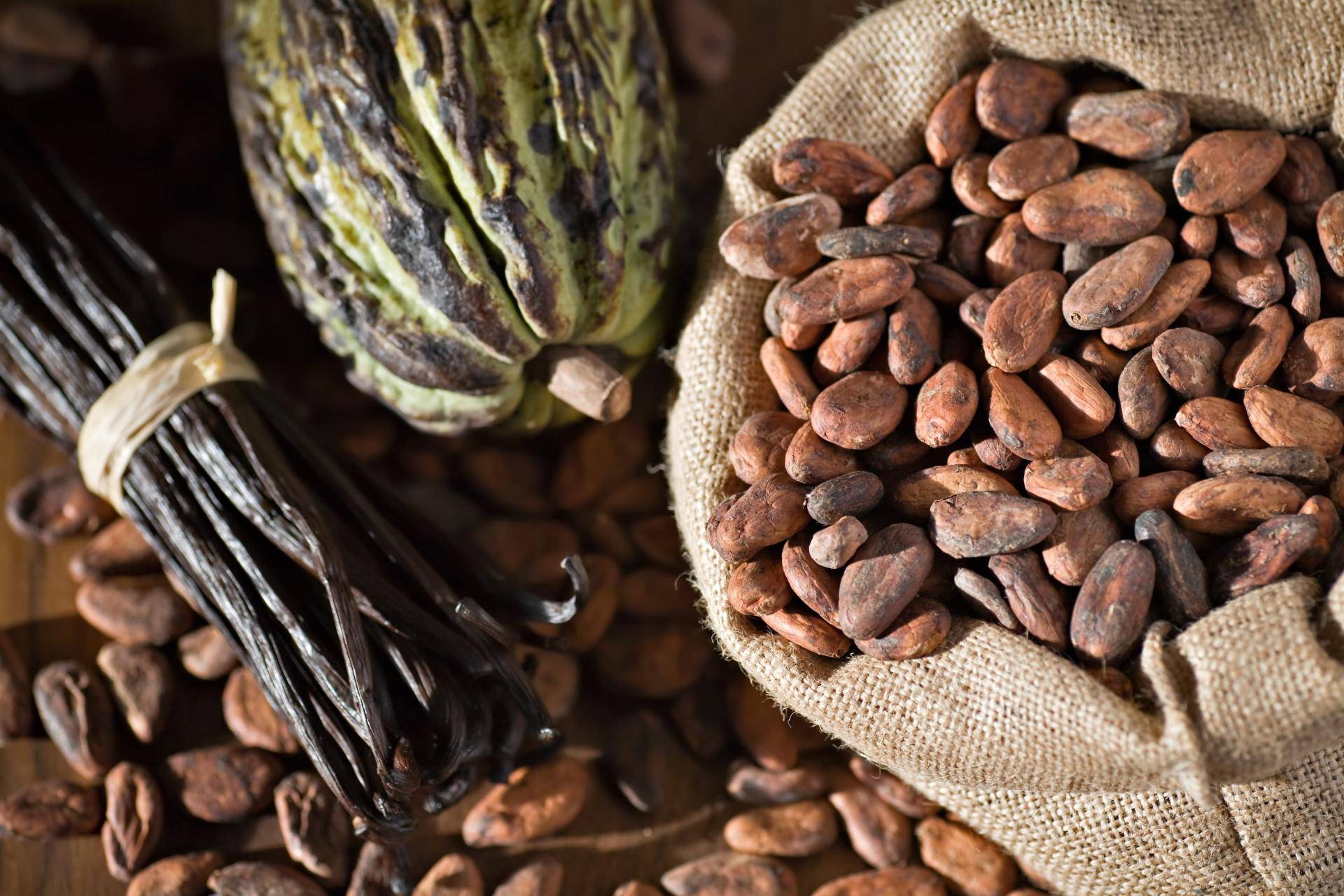
Sustainable vanilla and cocoa
from Madagascar: a successful partnership
All vanilla extract Barry Callebaut sources for the European market is now 100% sustainable.
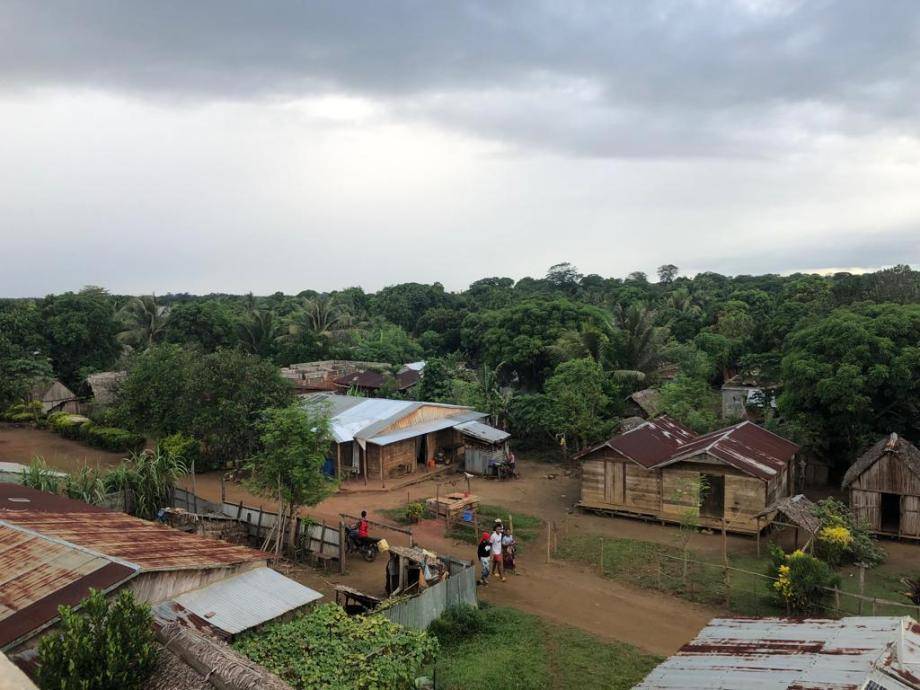
Ambatojoby, a village in the municipality of Bemanevika, where farmers and their communities benefit from a variety of social initiatives that support education, nutrition and health care.
Vanilla farmers in Madagascar are heavily dependent on vanilla prices. When the price is low, many of them stuggle to make ends meet.
In order to diversify and stabilize their income streams, Prova and Barry Callebaut, supported by the Sustainable Trade Initiative (IDH) have teamed up to support vanilla farmers in introducing cocoa trees on their farm, providing training to improve the productivity and quality of both vanilla and cocoa while also funding and supporting local communities through social, health and education programs.
Commitment to 100% sustainable ingredients
As part of our Forever Chocolate strategy to make sustainable chocolate the norm, we are committed to having 100% sustainable ingredients in all our products by 2025. The project we started in 2016 in Bemanevika, Madagascar has proven to be a highly successful driver of 100% sustainable vanilla. Despite the challenges created by tropical cyclone Enawo in 2017, volatile vanilla prices and a global pandemic, our collaboration with Prova has exceeded all expectations and a second phase is now being launched.
This long-term project has shown the value of partnering with our main vanilla supplier to achieve positive change in a challenging environment. By combining our expertise in sustainability and cocoa we enabled farmers to diversify and therefore grow their income. The success of the past five years has prepared the ground for further expansion of both our partnership and of our commitment to sustainable vanilla and cocoa sourcing from Madagascar.
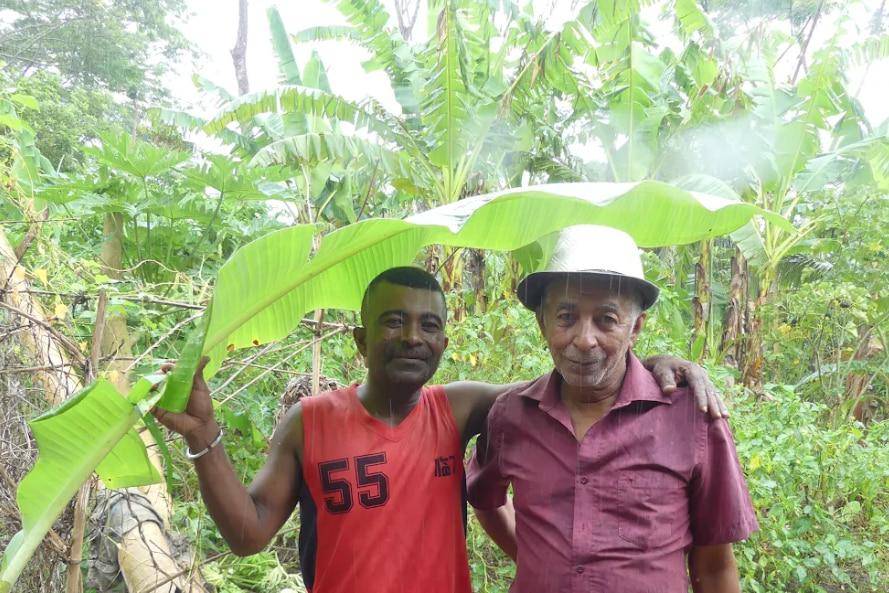
Farmer Georginot Lorissa and his father participated in the income diversification initiative and are now growing cocoa as well as vanilla.
Lifestyle improvements for farmers
Final audit interviews with participating farmers, the majority with no previous experience in cocoa cultivation, clearly underline the case for continuation. Farmer Georginot Lorissa (41) is still actively supported on the ground by his 73-year-old father. By December 2021 this family was producing 10% of the diversification program’s total cocoa volume. For this family and many others, the future-oriented scope of the engagement was vital. “We see you take us seriously,” Georginot Lorissa explains.
On another property, farmer Alexis Bezandry (64) reflects on his personal motivation for agricultural diversity: “I sent my children to school with the dream that one day they could become a doctor or astronaut if they wished. Now they are both in college."
I sent my children to school with the dream that one day they could become a doctor or astronaut if they wished. Now they are both in college.
Concrete, project-funded measures enabling the lifestyle improvements of the farmers have included the construction of a water well and a technical school for young graduates and financial support for two medical clinics. School meals, scholars’ kits, plus a static and mobile library, have also been provided. The strong engagement in health and education within the farming communities had positively impacted over 25,000 people by May 2022.
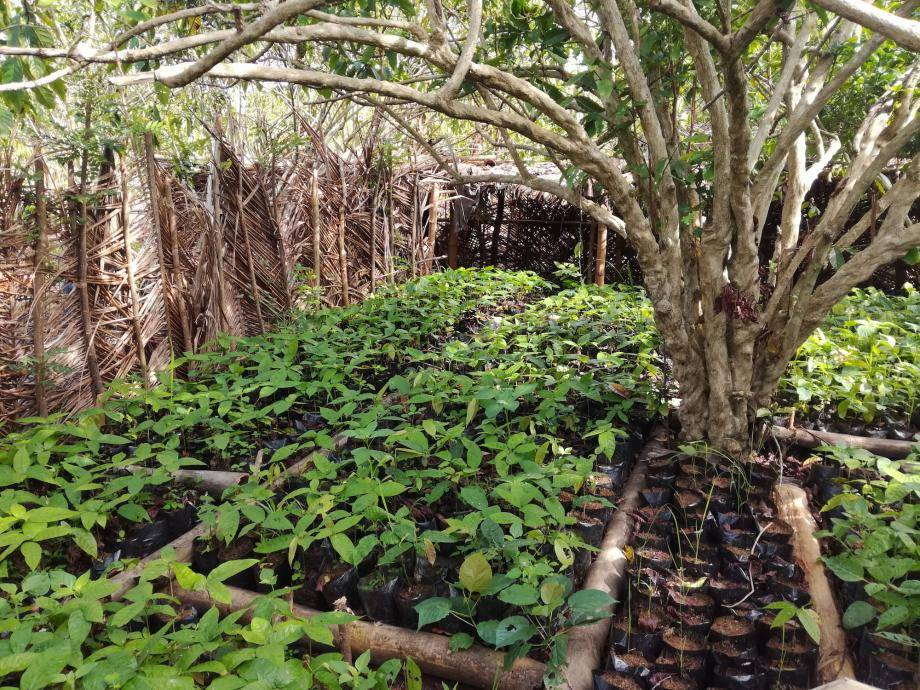
A nursery of cocoa seedlings. So far over 100,000 seedlings have been given to vanilla farmers as part of the project, together with training and tools to help them diversify their income, especially during the five-month period when they typically don't have any income.
Income stability from cocoa diversification
Initially it was hard for the vanilla farmers to visualize that crop diversification could translate into income stability. As the cooperation progressed, and their knowledge and experience grew, this possibility became very real. Cultivating cocoa alongside their vanilla means they can harvest (and sell) cocoa beans every two weeks and secure a monthly income all year round. This is a welcome complement to the annual harvest of vanilla, particularly during the five-month period when they are typically without an income. To date, over 40% of the farmers involved are successfully growing and selling cocoa, some are already forming a cocoa cooperative and a centralized cocoa fermentation center has been built.
Since its start in 2016, the sustainability initiative has supported 700 vanilla farmers. The crop diversification has been complemented by vital training in good agricultural practices (GAP), as well as in financial resilience and independence.
Uncompromising focus on quality
An uncompromising focus on quality has been a key success factor. This was largely enabled by the reinforcement and development of GAP. At the beginning there had been very little training on these practices. In 2021 over 4,000 individualized sessions, addressing growing crops efficiently and sustainably, took place. The final audit showed that 99% of participating farmers had completed the training. A total of 70% of the farmers have now received a quality premium on the vanilla they sell.
Products sold into Barry Callebaut supply chain
Already in March 2018 the first 100% traceable vanilla from the initiative was delivered to Barry Callebaut factories in Belgium, Italy and France. Since 2020, all vanilla extract used in Barry Callebaut’s European factories has been 100% sustainable. In addition, in 2021, the Madagascan cocoa stemming from the income diversification project was sold into the Barry Callebaut supply chain for the first time.
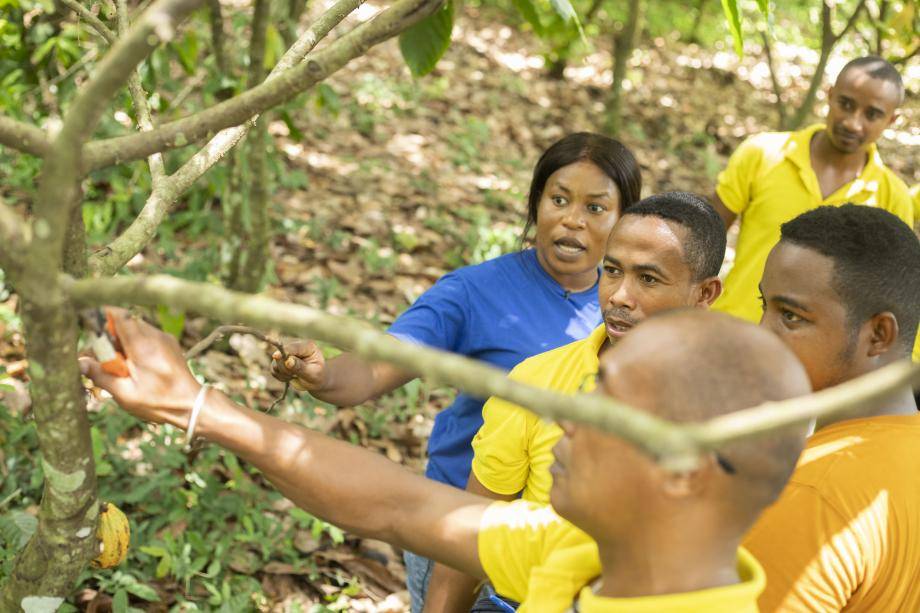
Côte d’Ivoire in April 2022. Adou Cyrielle, a Barry Callebaut agro-economist and trainer, shares her expertise on cocoa growth with farmer coaches from Madagascar so that they can transfer the new learnings to the 700 vanilla and cocoa farmers participating in the project.
Expansion of partnership and commitment to sustainability
The project’s second phase will continue the GAP training for vanilla and cocoa and there will be more community-based social initiatives. A second fermentation center, located very close to Georginot Lorissa’s home, is due for completion in 2023. Further diversification possibilities are under evaluation, such as patchouli, cattle, poultry and aquaculture, for areas where the soil does not lend itself to cocoa.
Already at the end of April 2022, a knowledge exchange program stemming from the first phase was kicked off between Madagascar and Côte d’Ivoire. On a strategic level, another pillar of action related to climate, including understanding deforestation, mapping plants, monitoring environmental change, biodiversity and food and water conservation, has been defined by Barry Callebaut and supported by Prova.
Learn more
About sustainable vanilla and our project with Prova
About what Forever Chocolate is all about
About vanilla and chocolate:
Vanilla and chocolate, two of the world’s favorite flavors, have been two peas in a pod since the fifteenth century. To give their chocolate drinks a delicate flavor, the Aztecs added vanilla.
The Spaniards adopted this delicious combination with great enthusiasm, taking it over to Spain around 1520. It soon caught on in other parts of Europe, where fashionable chocolate houses had sprung up in many capital cities by the early 1700s. These establishments were keen to delight their customers with interesting variations on the chocolate theme.
And the love affair continues to this very day…
